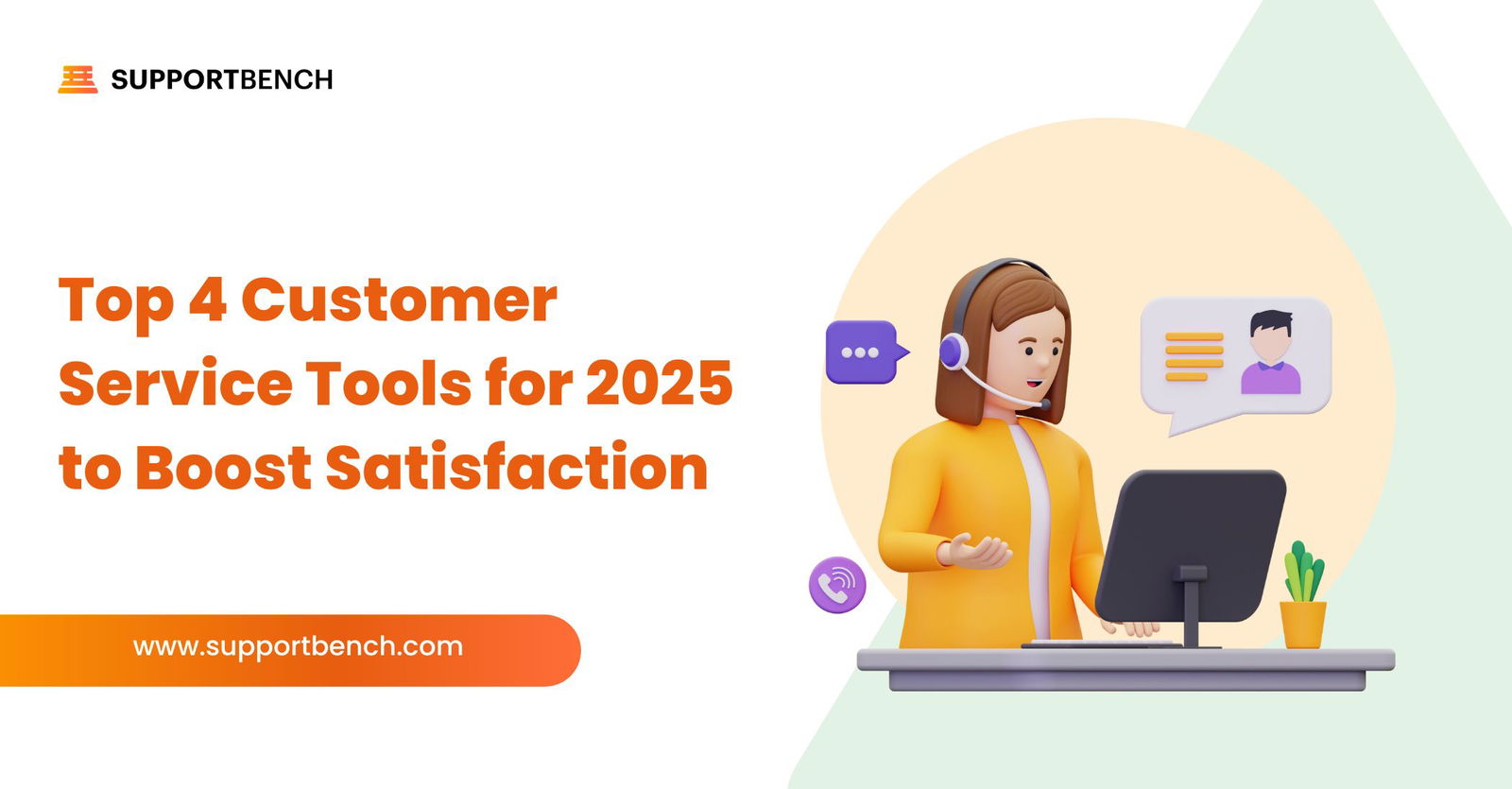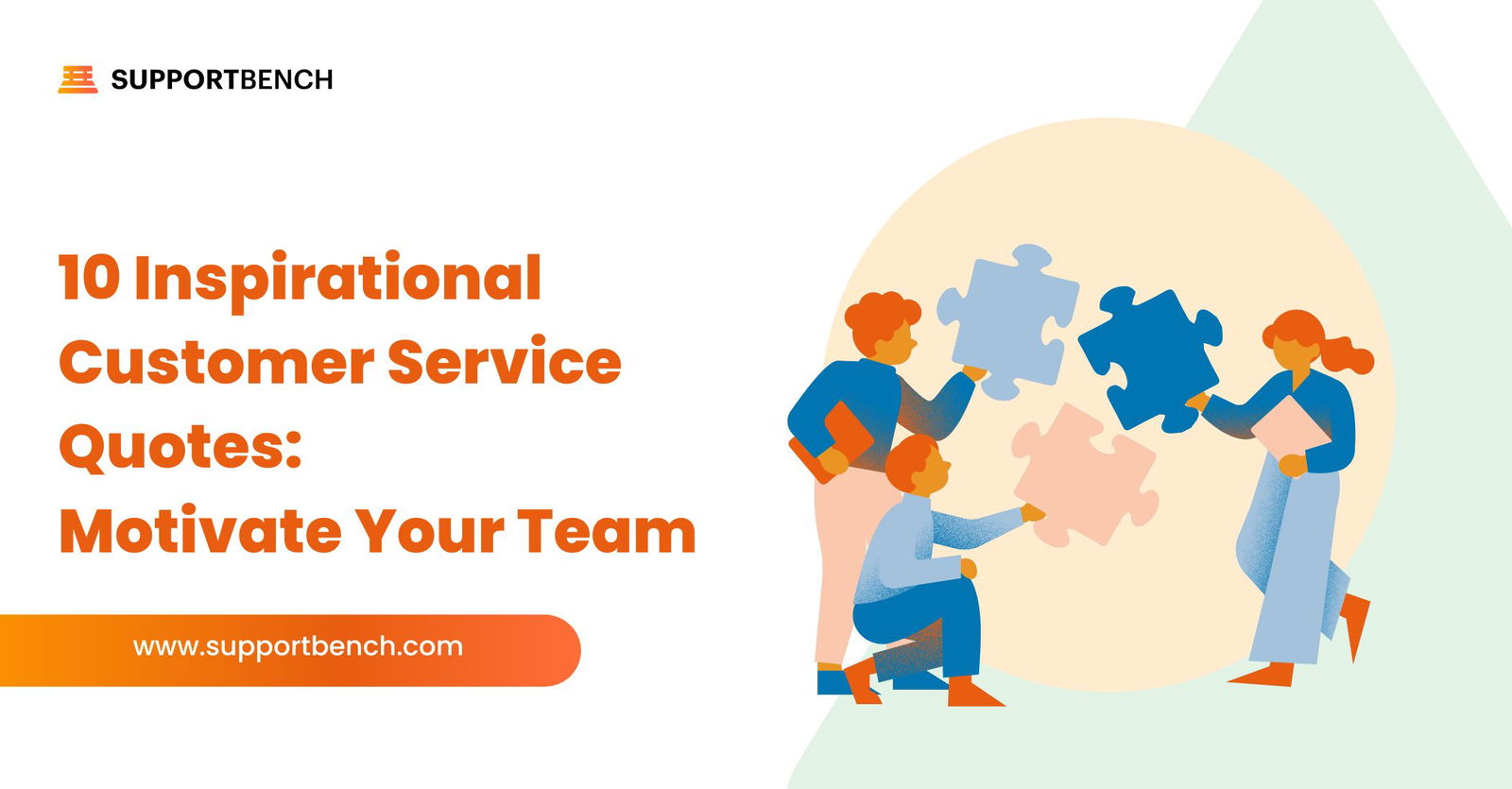It’s no secret that customer support is a massive gap in today’s B2B companies’ sales world. More and more organizations are discovering that a lack of customer support can ruin the B2B company’s sales cycle.
However, customer support is also a cost it can’t afford to ignore. A common challenge for organizations who want to sell software is simply maintaining existing clients who’ve experienced buyer’s remorse.
The best way to do this is to provide the best, most up-to-date information. The good news is that B2B companies’ brands are finally starting to realize that they’re missing a major opportunity if they don’t provide great, engaging customer support. With just a bit of creativity, companies can outdo their rivals by addressing their customers’ most pressing needs.
The evolution of customer support
Over the past several years, the evolution of customer support has been toward a more personalized and personalized experience for B2B companies’ sales teams.
Continue on to learn some of the ways customer support has changed over the past several years and how new technologies are making the role of support even more relevant and fun.
Customer care teams and their leaders are surrounded by technologies that provide greater access to customer support and more customization and personalization. We have often discussed in other posts in how some brands are already improving the customer experience for existing customers, while others are expanding the breadth of their support for new customers.
Supporting the customer’s journey from buyer to customer
Customer experience and experience design for the customer are on the rise. The customer journey from buyer to customer isn’t a linear one; there are so many modes of customer journeys.
For example, some customers have journey phases that aren’t linear:
- Recycling to appreciate an older product
- Bringing your company back to life
- Making a purchase
- Long-term relationships
To meet the needs of customers on all these journeys, companies need to think about the customer’s experience across the customer lifecycle.
Extending the customer journey
Companies can stay a step ahead of customers by thinking about the customer journey from buyer to advocate.
Leaders and teams should regularly put themselves into customers’ situations, aiming to understand their motivations and desires more deeply. The next step is to extend the customer journey beyond the customers who have developed a direct, one-on-one connection with a service offering. In some cases, companies should work with third-party vendors and a partner to extend a user’s experience, into different operating systems and devices, even offering an add-on service, such as remote support. Yet with too many options, customers could buy a product that already addresses their needs, increasing the impact of data loss and increased expenses.
A world of continuous, personalized support
Personalized customer support is becoming more critical for B2B companies’ sales teams, as they’re increasingly receiving unsolicited emails, mentions, mentions, and mentions. Getting these mentions to lead to a conversion on top of bringing customers in the door is near impossible. To support better marketing tactics, brands need to get their brand advocates online and start to earn more points for each mention and email mention they receive. Organizations are realizing that “impressing leads with a single reference is more effective than convincing leads to become customers.”
Greater accessibility from outside the organization is key
Brands shouldn’t underestimate the ability to interact with their customers directly outside of the organization because of the way they interact with customers now.
To build a truly engaged customer base and to increase the engagement of their existing customers, organizations need to be able to answer any customer questions at any given time in an instant, anywhere at any given time. Companies have now made such a push towards accessibility that consumers should contact the tech support from a @tweet. B2B customers have also benefited from such situations where brands can get their products or services in front of hundreds of thousands of global customers for the most competitive price possible. ”
In fact, studies have found that 80% of customers request help from more than one place, and 70% say they would expect their company to provide a centralized technical support channel.
Learn how Supportbench empowers brands to centralize technical support through our unified platform.
But it’s not all about the technical solution
It’s still very important to embrace technology and that requires being able to enable a service that can be in several places. This should be where customers often demand for support. And that’s a vast improvement from the traditional approach for companies, often getting the lead to do the research themselves or call a hotline where they have to wait for an inspector to come by or have to decide whether to stay on hold or whether they’ll stop by once in a while.
The “human experience”
If a business doesn’t consistently deliver support that’s tailored to the needs of its customers it will begin to lose its commitment and loyalty. After all, what are you going to talk about at your next promotion party?
Smaller companies will more than likely not want to have the hassle of having to repeat the sales pitch because their customers have already told them. Instead, a business should see the purchasing decision in the product and service itself, add a personalized element to that by using a matter-of-fact chat session with an agent to answer any questions on the spot, and then provide a consistent delivery of that customer’s experience.
Voice and video
Voice is an important piece of any support strategy and overall is a good way to increase customer engagement. This makes the prospect feel more important, which is sure to get them to do business with you.
Customers want to reach customer support in their own time, and in their preferred medium. If that means having agents have the ability to speak to customers by phone, chat, and/or video, then it’s a wise move.
But brands should be more than just content with conversational support. Businesses can improve the customer experience further by being more proactive and proactive in moving each customer along the sales funnel.
Today’s brands can’t talk the same language as your competitors, when speaking with prospects. Brands have to provide consistency in their customer communications that they can replicate.
Let’s face it: some things are better off to the side, behind the scenes than out there in the open and easily accessible. Yes, there are software solutions that can provide better customer support, and there are software companies who can compete with your investment in that front-line technology.
However, the way in which people interact with each other is evolving at a rapid rate that’s resulting in a place where a customer interacting with a brand today will have just as great a chance of winning the sale as their favorite human sales rep.
Supportbench’s platform empowers human agents to deliver quality customer service and unifies customer support, success, experience, knowledge management, and account management into one simple platform. Do more, with less, to maximize your retention.
Ready to provide excellent customer support? Contact us today!












